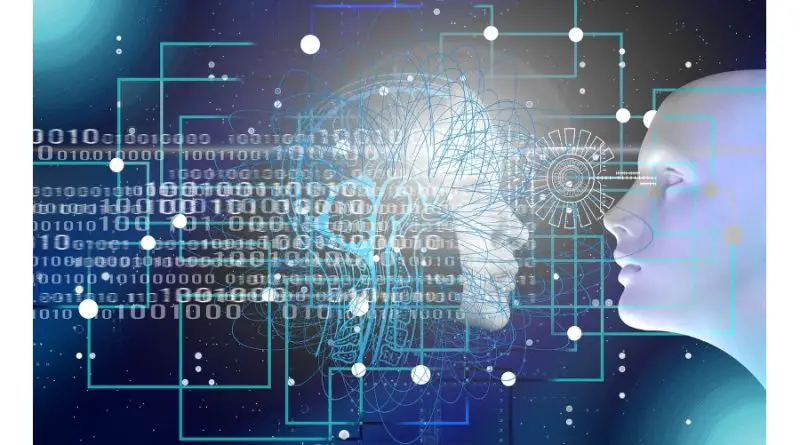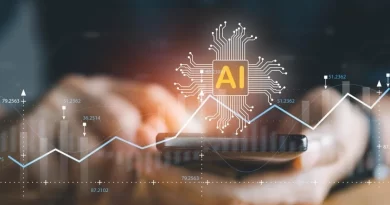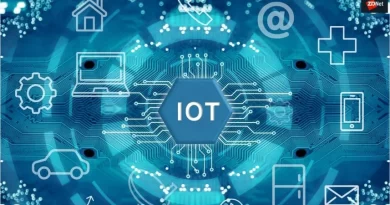IoT, Data and the Digital Mirror
The foundation of your Digital Mirror can be IoT (Internet of Things) technology and hyper-local monitoring. In the Digital Mirror, governments, businesses, and residents examine themselves. What they are is reflected in the data.
The Digital Mirror concept allows residents and businesses to see their digital reflection. A Digital Mirror reflects the aggregate impact of people’s habits and behaviors, depicts trends, and provides a blunt assessment of the current situation. The Internet of Things (IoT) is the foundation of a Digital Mirror, collecting millions of measurements about air quality, water quality, power consumption, traffic levels, and travel patterns.
Abstract concepts such as air pollution, which to many is just a buzzword, suddenly come into focus – with particulate levels displayed with extreme clarity. The reflection also shows decreased life expectancy and increased mortality.
Most people will begin to notice the effects of engines idling, factory emissions, coal fires burning, and the dangers of children walking to school along heavily polluted roads at this point.
The Digital Mirror and Data
A Digital Mirror is built on data. Governments and local governments should pursue a hyper-local IoT monitoring strategy to create their own Digital Mirror for residents and businesses in their area.
Rather than continuing to live in ignorance, the data will allow residents and businesses to develop an understanding of the situation, educating and communicating the situation in which they find themselves.
People will start to get on board once they understand the problems, the cause, and the solution. Change becomes less burdensome. People rally around the cause. It is then the collective responsibility of governments, councils, residents, and businesses to make the mirror image much better. You can’t improve something if you can’t measure it.
AQI Map for the Isle of Man
While there are overarching guidelines from organizations such as DEFRA and SEPA, the growing prominence of climate issues has prompted more residents, groups, and businesses to advocate for more localized, more frequent measurements. In some cases, IoT is being used for hyper-local measurements, such as street-level and mobile measurements.
The good news is that many types of council have embraced real-time measurement, IoT technologies, and open data, opting to publish the results online. The resulting data is then incorporated into the environmental strategy, improvement, or operational plan. The findings are frequently used to build an action plan, describing the current situation and, more importantly, how they intend to fix, mitigate, or manage the issues.
In the Digital Mirror, governments, businesses, and residents examine themselves. What they are is reflected in the data. Unfortunately, many organizations avoid real-time or hyper-local measurements, preferring to stick with infrequent, fixed, and almost traditional modes of analysis. Rather than creating a Digital Mirror, they choose to remain blind or ignorant of the current situation.
In many cases, the decision not to invest in an IoT or hyper-local monitoring platform is motivated by financial considerations, especially when more pressing issues require investment. Unfortunately, many people choose not to measure the environment out of a lack of urgency or fear of repercussions, discontent, or similar dissatisfaction from residents and businesses.
Don’t Kill the Messenger
Governments, councils, and local governments must remember the adage Please do not shoot the messenger. The Digital Mirror and its data reflect the behavior of residents, businesses, and governments. Rather than fearing discontent or complaints from residents, governments and local governments should make an effort to explain the outcomes, causes, and consequences of collective behavior.
Governments and local governments will find it far easier to point residents and businesses in the direction of positive change when people truly understand the situation and its impact. People can see progress when using a Digital Mirror and Open-Data. Low-emission zones will significantly reduce particulate and VOC levels.
Walking to school on a more scenic route will reduce your child’s exposure to pollutants while improving their cardiovascular health. More people walking and biking will have a noticeable impact on emissions and particulate levels. Suddenly, the mirror image starts to change in a positive way.
Create Your Digital Mirror
The foundation of your Digital Mirror can be IoT (Internet of Things) technology and hyper-local monitoring. Along with the measurements, governments and local governments should provide people with supporting information, educational materials, and guidelines that explain how they can contribute to positive change.
Consider age-appropriate educational content for children and students to educate and inform without unnecessary scaremongering.



